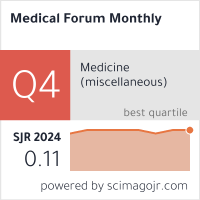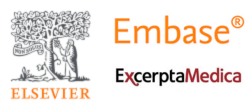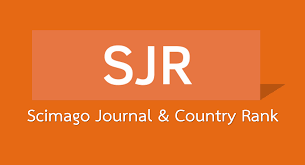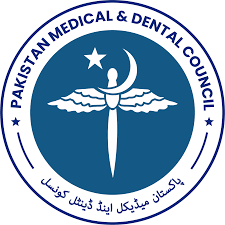Correlation of Hepatitis B with multiple blood transfusions in children of Thalassemia major
Abstract
Objective: To assess the correlation of Hepatitis B (HBV) virus with multiple blood transfusions in patients of
Thalassemia major (TM).
Study Design: Descriptive study.
Place and Duration of study: This was conducted in the Thalassemia center, Bolan Medical Complex Hospital
Quetta for a period of six months.
Patients and Methods: One hundred and fifty (150) patients of Thalassemia major (already diagnosed) who
received two or more blood transfusions were included in this study. Blood sample from these 150 thalassemic
patients was scrutinized for HBsAg.
Results: All 150 thalassemia patients were in the age range of 6 months to 20 years Younger patients aged 0-4 years
required transfusion every 4.6 weeks while patients above 15 required every 2 weeks. Every TM patients received a
mean of 167.64 + 121.01 units of blood. A substantive number 25 (17 %) were HBsAg positive .Direct correlation
was found between HbsAg positivity and number of blood transfusions.
Conclusion: Conservative management with blood transfusion is probably the best and sometimes the only survival
for patients of TM in our country but it carries a substantial amount of risk of acquiring hepatitis B due to repeated
blood transfusions. It is extremely important to sensitize the public regarding prevention of the disease
































 This work is licensed under a
This work is licensed under a 